Weekly Roundup- May 6th
Egypt in Hollywood, counterfeit money, new tombs in Saqqara, and much more! Here are our top picks from the last week- Cheers!
Eid Mubarak!
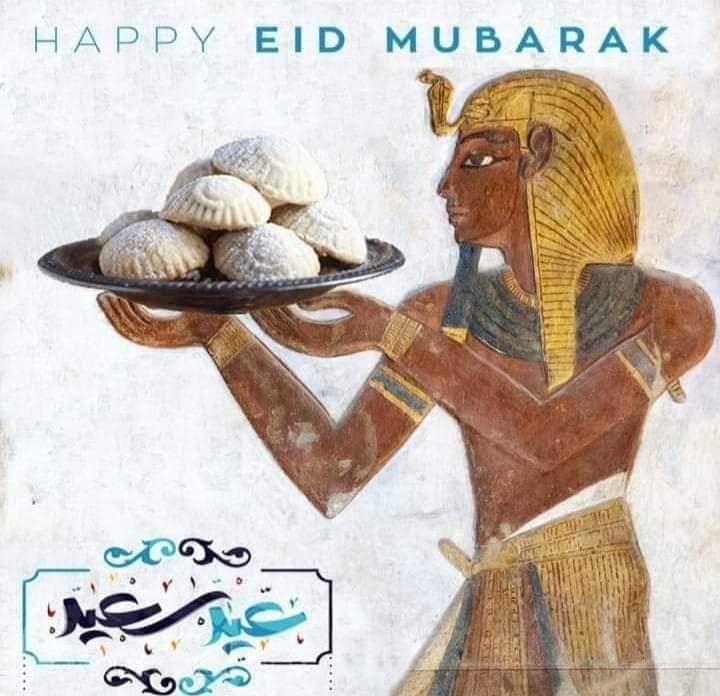
Eid Mubarak to everyone celebrating! Egypt is a predominately Muslim country, so its important to us to emphasize modern Egyptian traditions, as much as ancient!
Once a year Muslims around the world participate in Ramadan, which culminates in Eid al-Fitr (Festival of Breaking the Fast). Eid comes from the Arabic word meaning festivity and celebration. Eid al-Fitr is celebrated after fasting during the month of Ramadan to show thanks and gratitude to God. In Egypt, Eid is celebrated with cakes and cookies, and gathering of family and friends. One nut-filled cookie covered in powdered sugar, kahk, is especially popular! Many Egyptian friends brought Kara multiple boxes of cookies from Egypt, when we all met at the recent ARCE conference, and her son has since eaten like 50 cookies…. There is powdered sugar EVERYWHERE. And the boy has grown an inch in one month. Is it the Egyptian cookies?? Maybe…
Want to know more about Eid? This article breaks it down.
Ancient Egyptian hoard of counterfeit 'dirty money' unearthed
Did you think counterfeiting was a modern phenomenon? Think again! A PhD student from the University of Haifa was studying the chemical composition of a series of silver hoards from sites around Israel. They found that the silver was deliberately debased, with cheaper alloys of copper.
The researchers claim that the deception originated with the Egyptians, since the Levant was under Egyptian dominion at the time. However, Jordan disagrees:
It seems much more likely that this was a local decision made in regards to the socio-political upheavals at the time; the so-called “Bronze Age Collapse.” There is no evidence for the Egyptian state performing such debasement in Egypt-proper.
Kara adds:
These silver elements were made before coinage was invented. But these silver pieces essentially worked in the same way as coinage, each piece that was cut had to be weighed against a weight on a scale to verify its value. Debasing this silver with copper was a brilliant way of pulling a fast one over another merchant and ensuring a great deal, and if you left the market before they figured it out, you were free from any punishment. Maybe this debasement was super common and maybe this created the need for in the first place (which will show up in Egypt in the 6th century BCE). The value of individual coins were vouched for by a king and/or state, usually by stamping the amount of metal and a picture of a god or a ruler on its surface.
Scarabs in Pre-Roman Italy
Egyptian objects all the way in Italy in the 1st millennium BCE?! No way! Scarabs are known to be quintessential Egyptian objects, in the shape of a dung beetle, representing the god Khepri. These objects were used as seals and object bear the name of their owner.
Interestingly enough, a few scarabs have been found in Italy dating as early at the 10th century BCE. Kara is excited about this, as these southern Italians are her people on her mother’s side. Read the article to find out more about how these scarab seals got there.
Massive stone structures in Saudi Arabia may be some of oldest monuments in the world
A number of structures, some larger than an American football field, have been found across Saudi Arabia, and archaeologists are dating some back 7,000 years. This date was found by radiocarbon dating charcoal found within one of the structures, published in the journal Halocene. How did these structures function- ritual use, territorial markers- or something else?
Did women rule during the Bronze Age?
This BBC video details a new discovery from the Argaric culture (modern-day Spain) that upends the long held belief that this culture was strictly male-dominated. The report published in Antiquity details the excavation of a tomb where the women appears to be of higher social standing than her male compatriot. Goods include the silver diadem (pictured below).

This brings up many questions, however. Can one grave be used to make a claim that women had more power in this culture? Can wealthy grave goods be equated to power and freedom, as well? Leave us a comment with your thoughts!
Archaeologists discover tomb of Ancient Egyptian royal clerk at Saqqara
Archaeologists from the Polish-Egyptian mission working in Saqqara have uncovered a tomb of a royal clerk dating to the reign of King Userkare. Userkare was the second king of the 6th dynasty who most believe usurped the throne after the assassination of his predecessor, Teti. The 6th dynasty was right before the decentralization of the 1st Intermediate Period. This tomb belonged to a Mekhesi who was in charge of managing the royal estates. Being a member of that court must have been interesting!
Upcoming Afterlives with Kara Cooney Episode:
Ancient Egypt in Hollywood

Our ‘Ancient Egypt in Hollywood” episode is set to drop this upcoming Monday (May 9th). How accurate are Hollywood depictions of the ancient world? Should we even care? How are “bad” representations harmful? Kara and Jordan dive deep into the top three offenders: orientalism, the portrayal of women, and race. Of course, we also discuss our favorite movie (The Mummy, (1999) and our love of Brendan Fraser (call us!)
Not following our podcast already? We are fun. We are free. We talk ALOT. Sign up for the Afterlives newsletter and like/follow on your favorite podcast site.




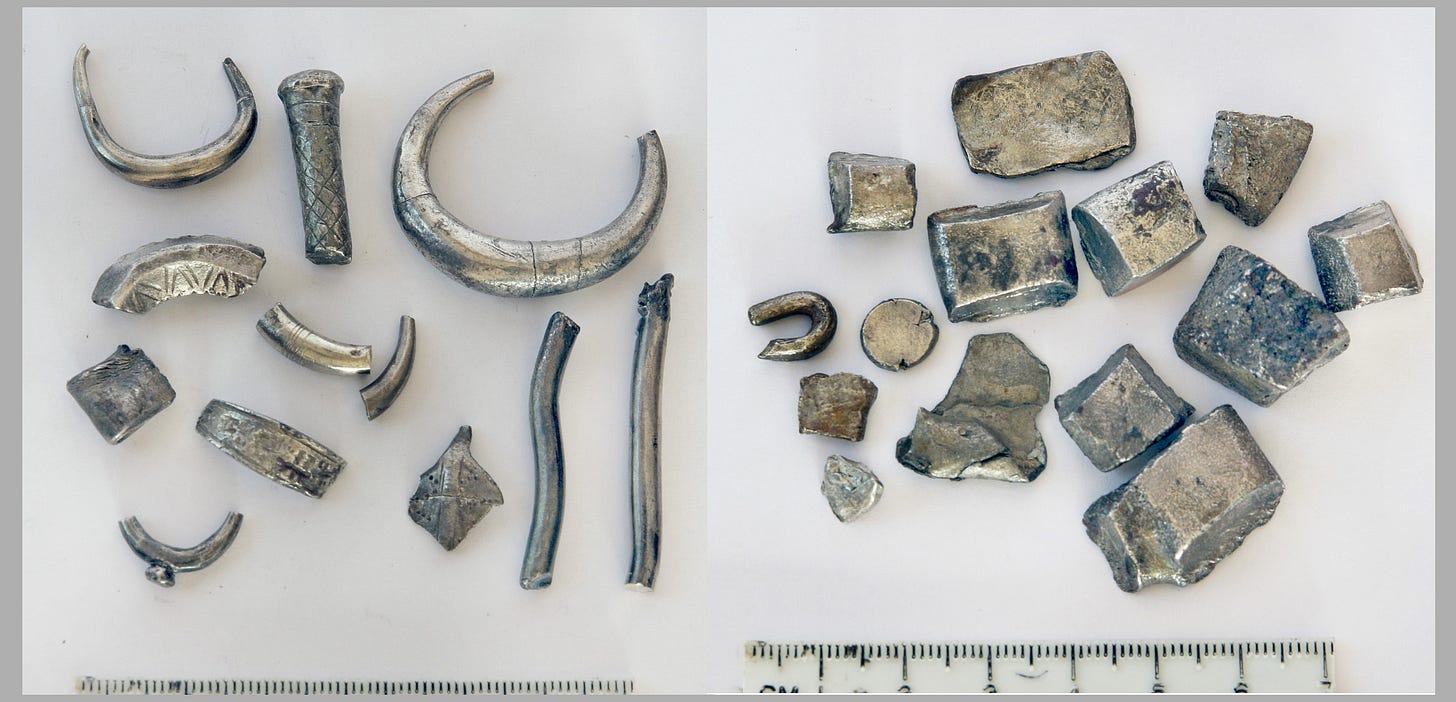
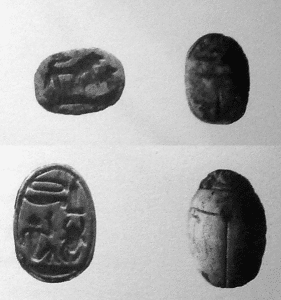
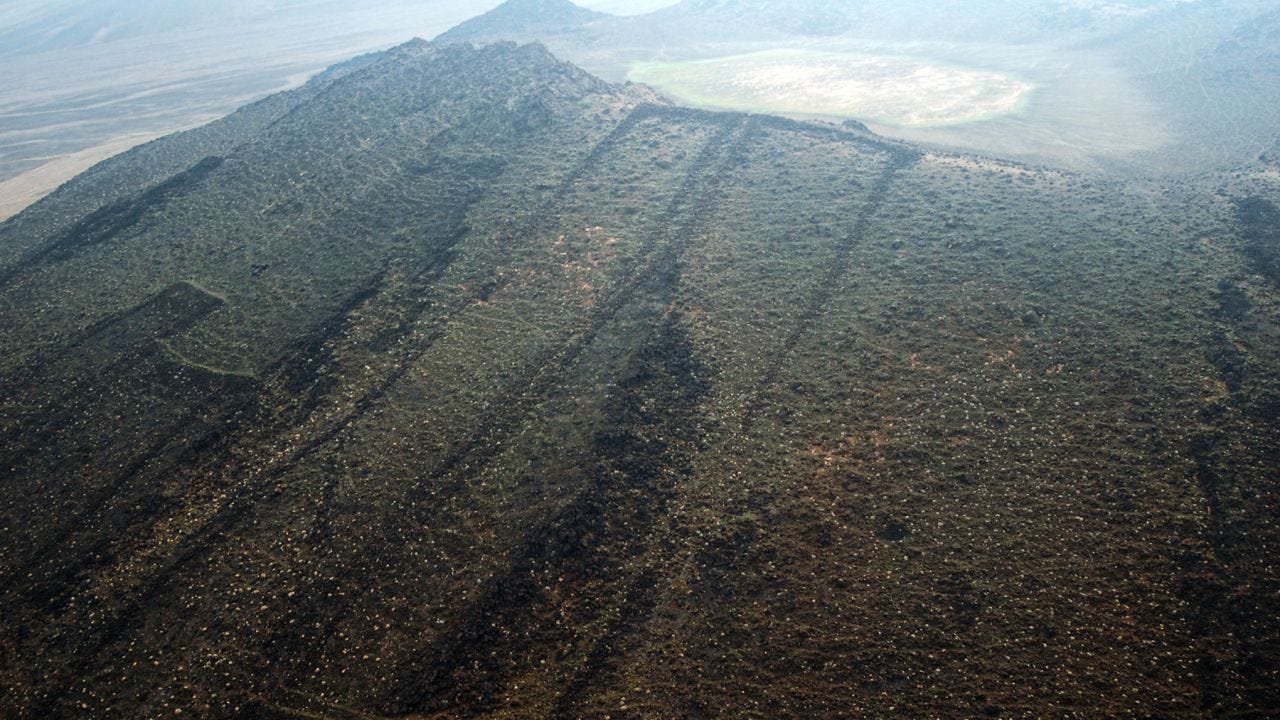
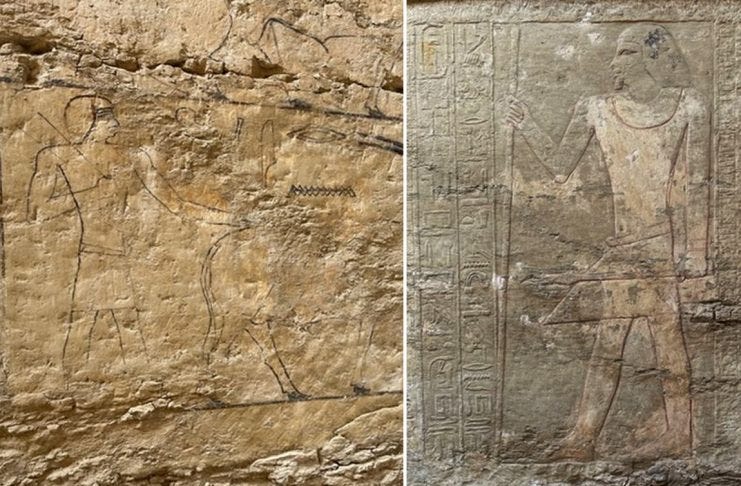
As a young ancient Egyptian nut, I about lost my mind when The Mummy came out. Saw it multiple times in the theater. Who am I kidding? I still want to be Evie.